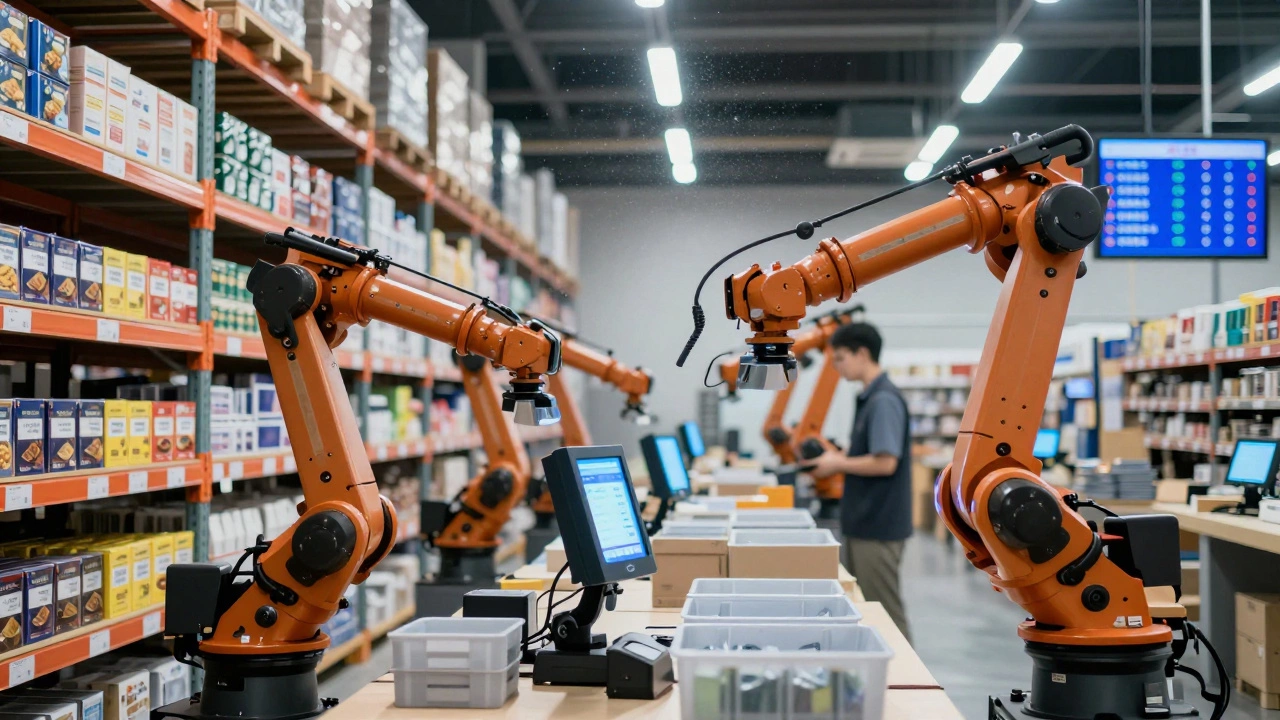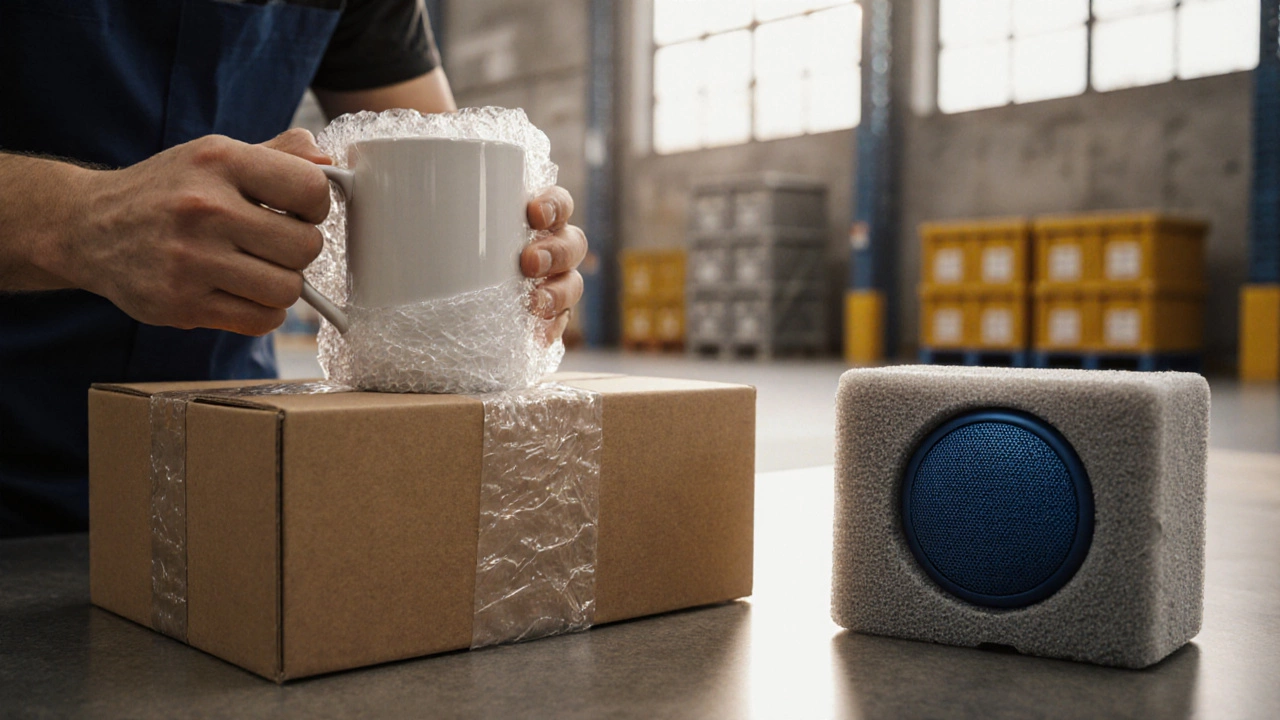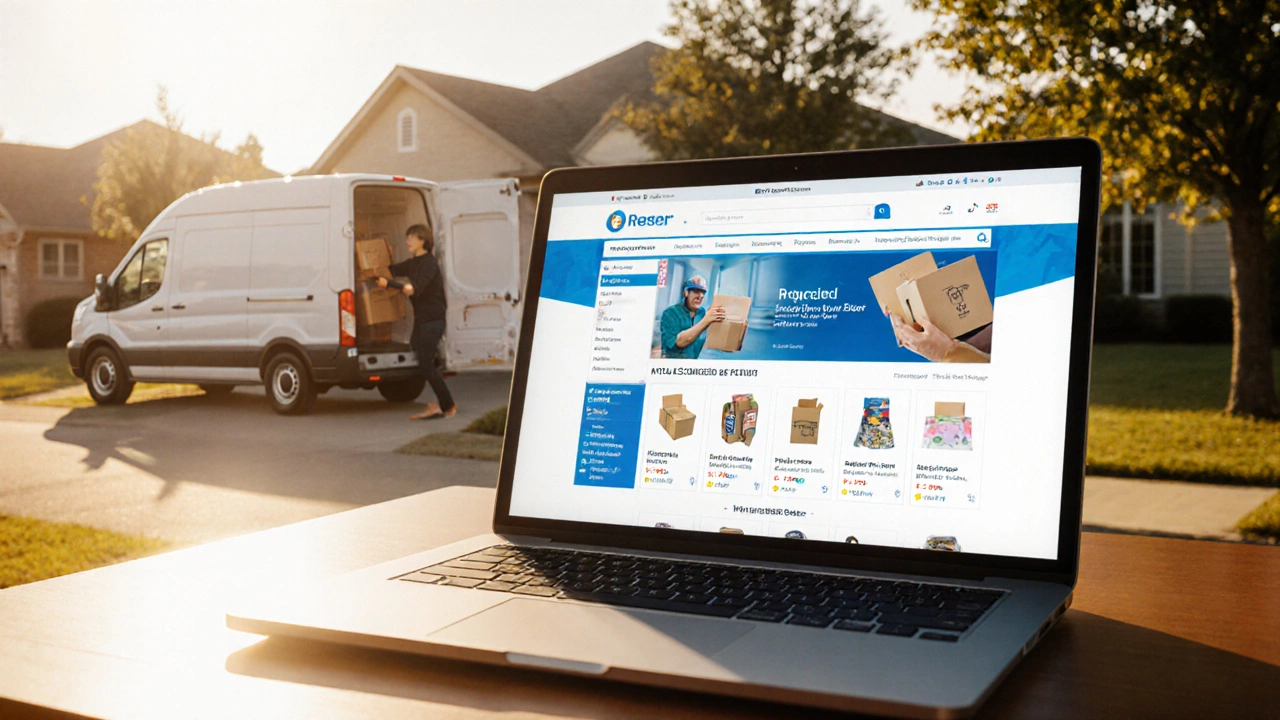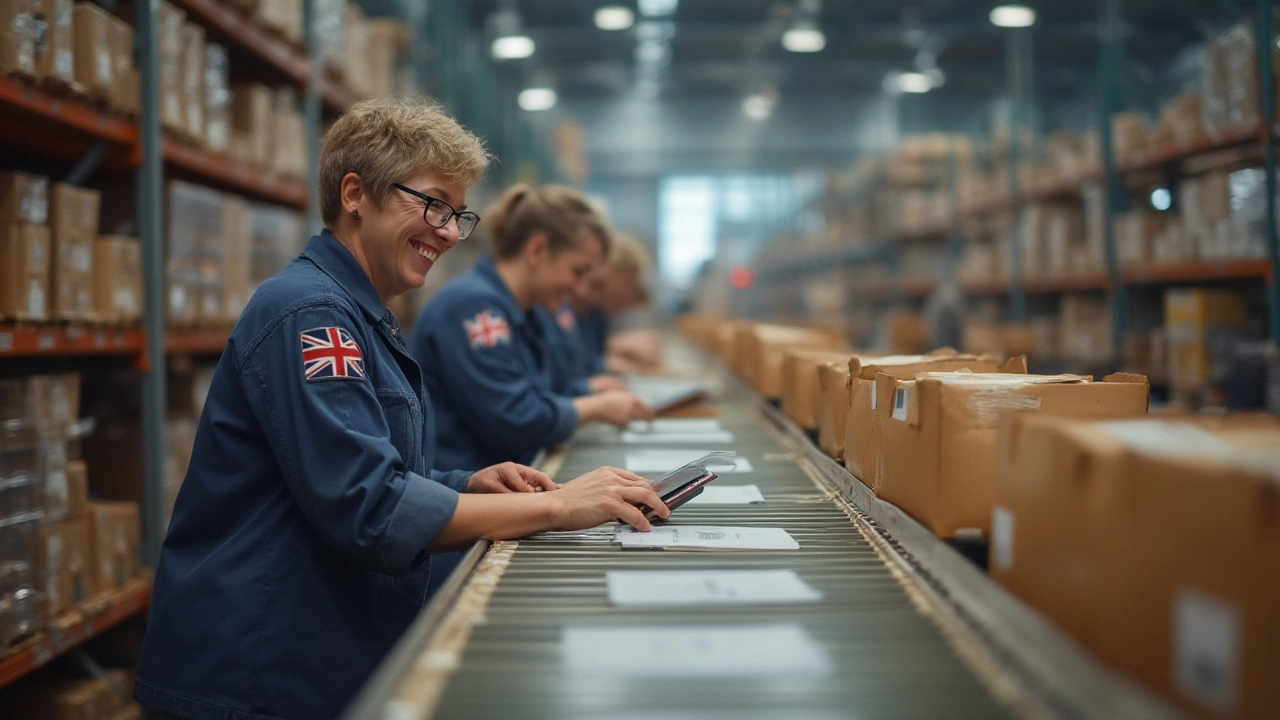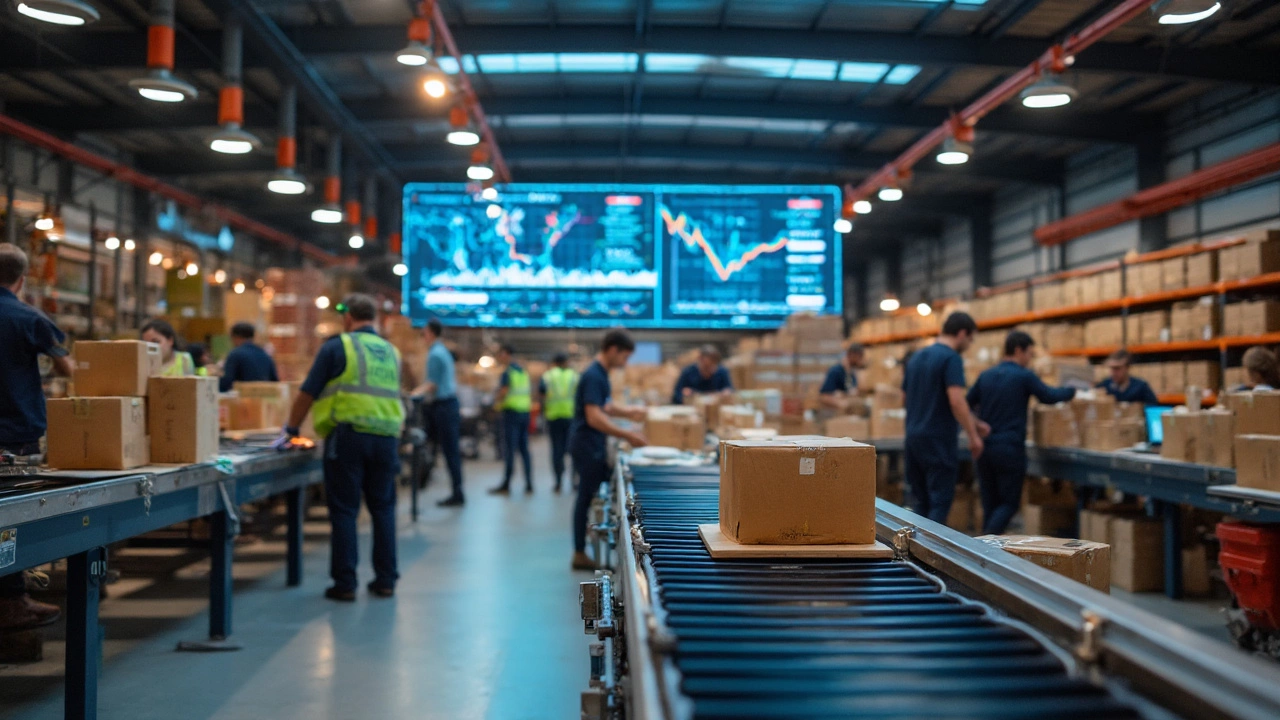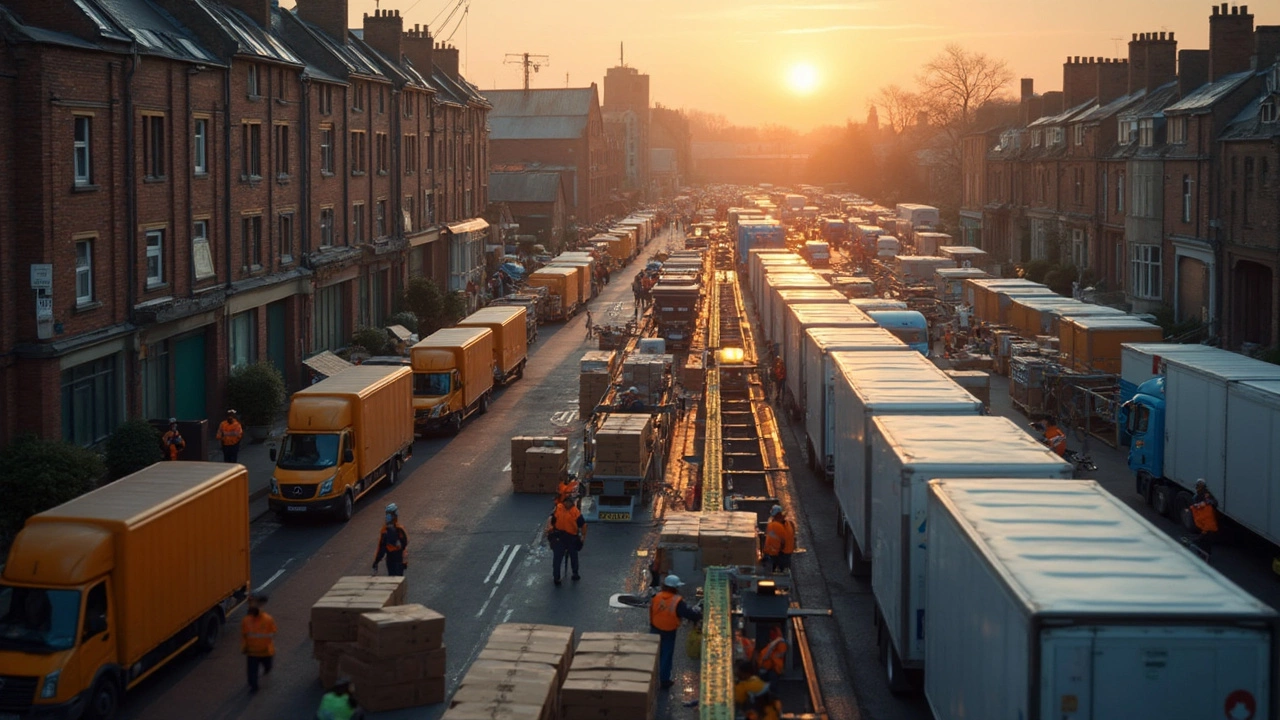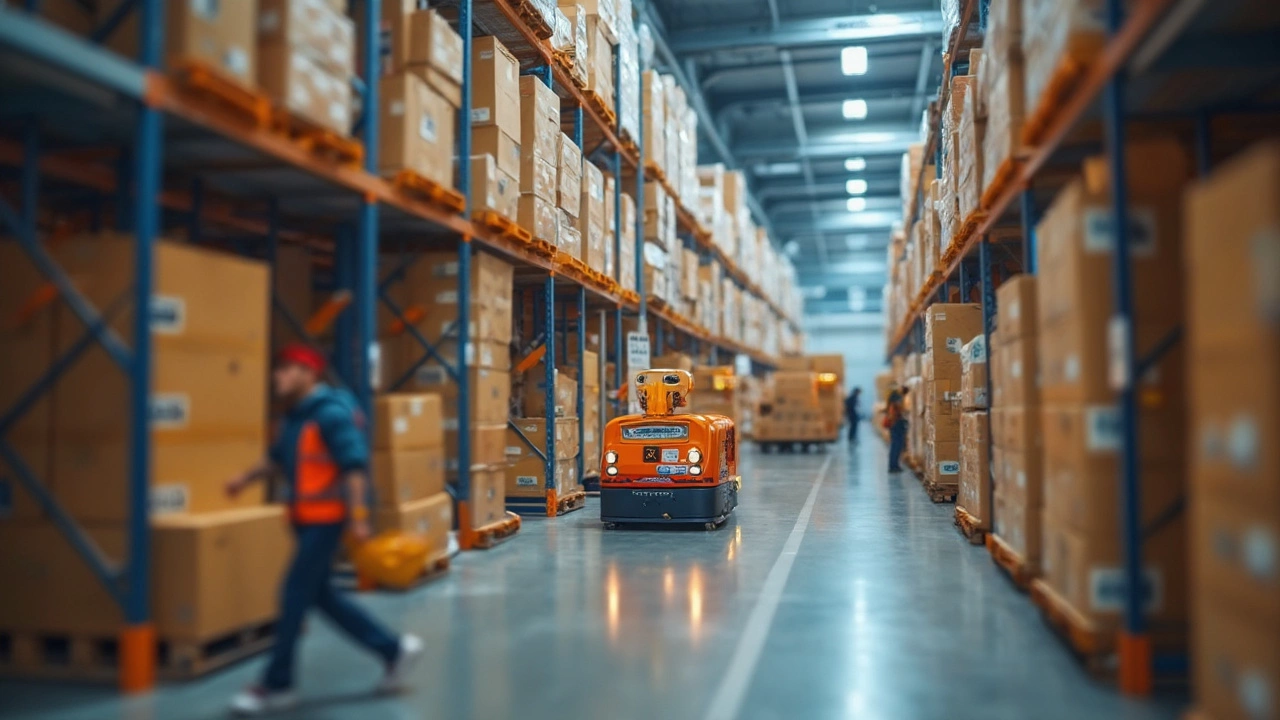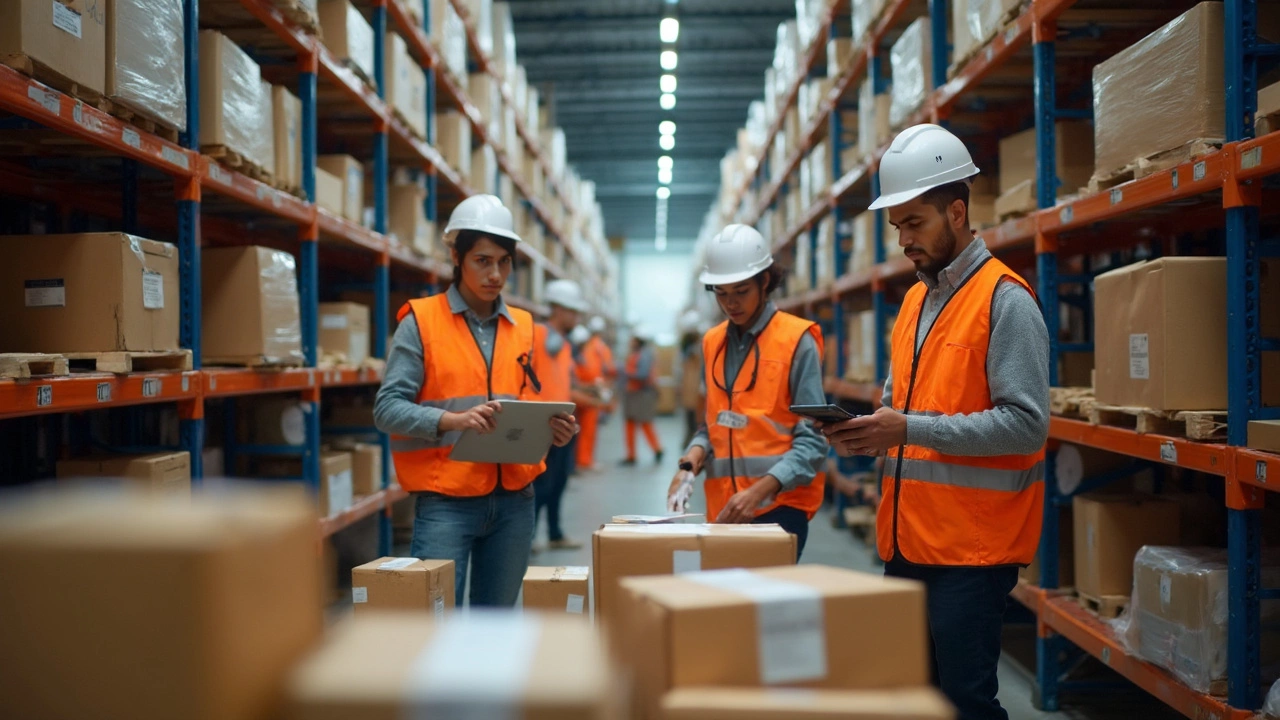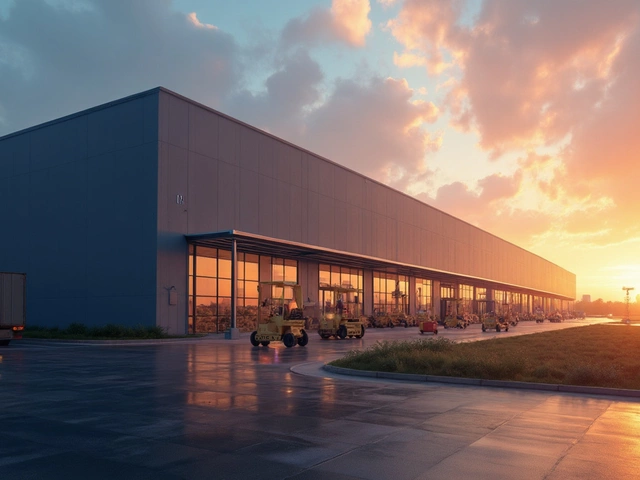E‑Commerce Logistics: How to Move Online Orders Efficiently
Running an online store means you’ve got to get products from the warehouse to the customer’s door fast and cheap. If your shipping is slow or pricey, shoppers bounce. Below are the real‑world steps that turn a click into a happy delivery.
Key Steps in the E‑Commerce Delivery Journey
First, inventory needs a home. Small sellers can start with a garage or a shared fulfilment space; bigger brands often rent a dedicated warehouse. Whatever the size, organise shelves so the most popular items sit near the packing station. That cuts the time workers spend walking around.
Next, pick the right order‑management system. A simple spreadsheet works for a handful of orders, but once you hit dozens a day, a cloud‑based platform that syncs with your shop front and tracks stock is a lifesaver. It tells you what’s in stock, flags low‑stock alerts, and creates pick lists that reduce errors.
When an order is ready, package it right. Use the smallest box that fits the product, add bubble wrap or paper, and seal securely. Over‑packing wastes space and raises shipping costs, while under‑packing leads to damage and returns.
Now comes the carrier choice. Compare rates for small parcels versus pallets, and look at real‑world cutoff times. For example, UPS and FedEx often have different overnight deadlines, while DHL shines on international routes. Pick the service that matches the delivery promise on your site – “next‑day” needs a carrier that can guarantee that.
Choosing the Right Logistics Partner
Don’t just chase the biggest name. Look for partners that offer tracking, clear insurance options, and flexible billing. A good logistics provider lets you plug in your order‑management software, so every shipment updates automatically.
Ask about last‑mile options. Same‑day courier services can boost customer satisfaction in dense urban areas, while standard parcel services work fine for suburbs. Some partners also offer a network of local drop‑off points, which can lower costs for bulky items.
Finally, test the system. Ship a few orders yourself, note how long each step takes, and watch for hiccups like missed cut‑off times or damaged parcels. Use that data to tweak your process – maybe you need a different box size or a new carrier for a specific region.
In short, good e‑commerce logistics is about keeping inventory tidy, using smart software, packaging efficiently, and picking carriers that fit your delivery promises. Follow these steps, watch your shipping costs shrink, and watch customer reviews rise.
December 1, 2025
Evelyn Wescott
0 Comments
Discover the three core activities that power e-commerce logistics: order fulfillment, transportation, and warehouse management. Learn how they work together to deliver fast, accurate shipments and keep customers coming back.
November 8, 2025
Evelyn Wescott
0 Comments
Learn the 4 P's of logistics-Product, Placement, Price, and Promotion-and how they impact your e-commerce success. Real-world tips for small sellers to improve delivery, cut costs, and boost customer trust.
October 30, 2025
Evelyn Wescott
0 Comments
Learn how to start e-commerce from scratch with practical steps on choosing products, setting up your store, handling shipping, and building trust. Avoid common mistakes and focus on logistics that make customers come back.
October 23, 2025
Evelyn Wescott
0 Comments
Explore the real pros and cons of e‑commerce, from higher revenue potential to hidden logistics costs, and learn when online retail truly pays off.
July 30, 2025
Evelyn Wescott
0 Comments
Understand the essential e-commerce logistics processes that make or break fast delivery, seamless returns, and happy online shoppers. Practical, clear, and informative.
July 9, 2025
Evelyn Wescott
0 Comments
Explore how Amazon manages its own logistics. Learn how its delivery network rivals traditional couriers, powers ultra-fast shipping, and changes online retail.
May 29, 2025
Evelyn Wescott
0 Comments
e Logistics and eCommerce often get mixed up, but they play totally different roles in online shopping. This article breaks down how each works, shows what sets them apart, and shares why understanding both is crucial for running a successful online store. You'll also get handy tips and insights about managing orders, deliveries, and customer expectations. Get ready to see why mixing up these two could hurt your business. By the end, you'll know exactly where e logistics fits alongside eCommerce.
May 14, 2025
Evelyn Wescott
0 Comments
Ever wondered how your online orders show up at your door so quickly and, most of the time, without a hitch? This article breaks down the 7 R's of logistics, a simple but game-changing concept that helps e-commerce businesses move products smoothly and keep customers smiling. Discover how each 'R' impacts what happens behind the scenes after you click 'buy.' From getting the right products to the right place, to fixing common slip-ups, you'll learn the secrets that keep those delivery trucks (and your packages) moving.
May 13, 2025
Evelyn Wescott
0 Comments
This article makes sense of what e-commerce really means, not just as an online store but as a massive system that moves goods from warehouse to your doorstep. You'll see how everything from big brands to your friend's handmade crafts on Etsy fall under the e-commerce umbrella. The article dives into real-life examples, shows how logistics work behind the scenes, and throws in handy tips to shop or sell smarter. Explore what makes e-commerce run smoothly and spot the trends shaping how stuff gets to your door. Super practical for anyone buying or selling online.
May 10, 2025
Evelyn Wescott
0 Comments
E-commerce logistics specialists keep online shopping running smoothly, from packing to delivery. They manage inventory, shipping, and returns, making sure customers get what they order on time. This article explains what their day-to-day looks like, key skills they need, and how they find solutions when things go wrong. Learn what sets a great logistics specialist apart and get real tips for companies looking to step up their e-commerce game. If you shop—or sell—online, you’ve probably benefitted from their work without even noticing.
May 9, 2025
Evelyn Wescott
0 Comments
Ever wondered what it actually takes to start Amazon logistics? This article breaks down the real costs, points out often-missed expenses, and shares practical tips for getting started. Whether you’re curious about how Amazon’s DSP program works, or if you’re ready to dive in, you’ll find up-to-date numbers, potential earnings, and honest facts from 2025. We’ll also flag common pitfalls and smart ways to save. Think of this as your realistic guide to launching an Amazon logistics business.
April 4, 2025
Evelyn Wescott
0 Comments
E-logistics has revolutionized the e-commerce landscape, streamlining the way goods travel from suppliers to customers. It plays a crucial role in reducing delivery times, optimizing supply chain operations, and enhancing customer satisfaction. This article explores the benefits of e-logistics, illustrating how it supports efficient inventory management and cost savings. Get insights into how technology drives these logistics strategies.
